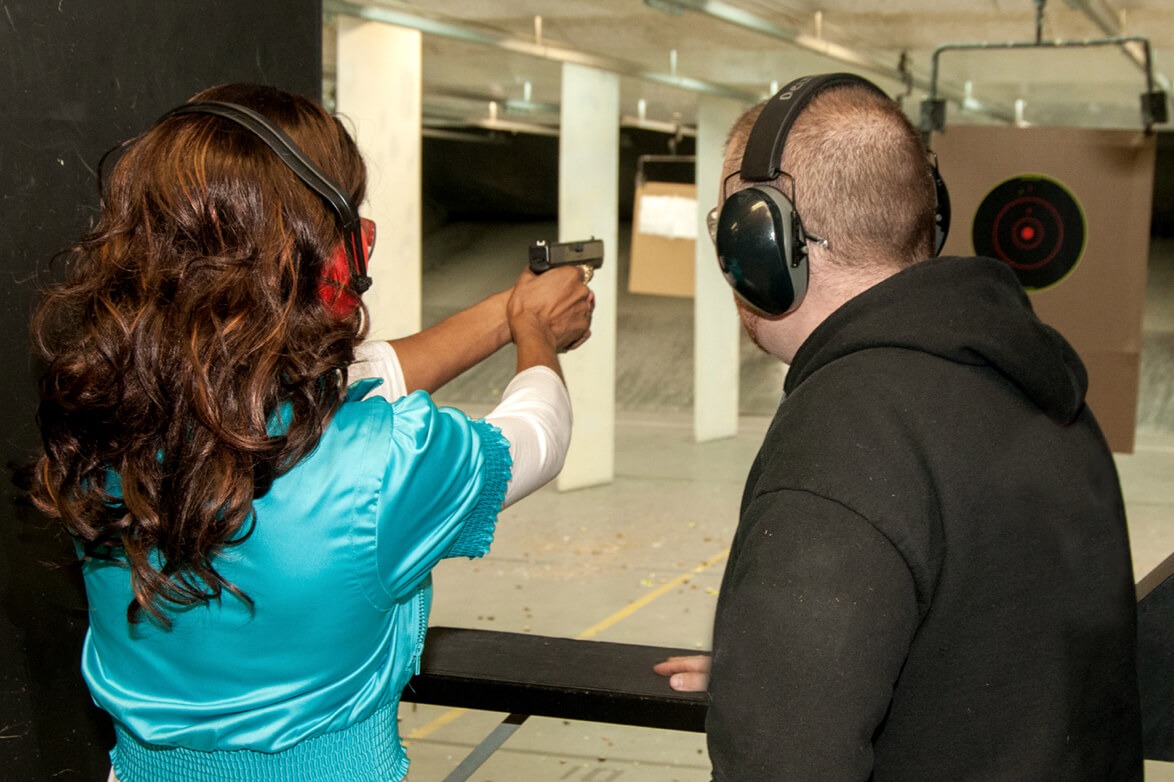 Back to News
Back to News
March 28, 2018
Are Your FFL Records Ready for Inspection?
Much of what I do focuses on visiting FFL locations across the country and working to specifically identify and correct training issues relevant to firearms inventory management and transfer processes. With more than 30 years at this, I’ve learned that recordkeeping is crucial to any business’ success. I’ve personally seen inaccurate recordkeeping lead to business slow-downs, temporary closures, bankruptcies, lawsuits and even executive indictments — and if you’re an owner or C-level exec in the firearms industry, you know that when it comes to managing and tracking firearms transfers, the government inspectors are intense on detail accuracy!
Recent misuses and tragedies involving firearms have heightened awareness and concern in this area and should be a reminder to us all that illicit acts involving guns could occur anywhere and by anyone. Although this increased focus may be a good reason to review your internal processes for accuracy and timeliness of record completion, I’d like to fall back on the basic “good business” principle of keeping accurate records for the sake of complying with standard expectations and maintaining good business.
Start With Your A&D Book
So what best practices should every FFL have in place to support their recordkeeping processes to avoid unnecessary liability concerns, finger-pointing, slanderous or false accusations, media exposure and guilt? My suggestion is to start with your Acquisition & Disposition (A&D) book.
Whether your A&D recordkeeping is manual or electronic, it is the foundation for recordkeeping and tracing the transfer of all your firearms. If you aren’t paying attention to the details with this process, errors will occur and can quickly put you at risk. As we have seen in the media, there is instantaneous exposure to the firearms dealer who may have sold and transferred any firearm used in a highly publicized criminal event and the investigation quickly turns from “who done it” to “how was the gun obtained.” With such events, the accuracy of your records comes under immediate scrutiny and things turn bad quickly if details are inaccurate or found to be non-compliant. Your business process for top-notch A&D maintenance should include understanding by every employee that all firearms are to be logged into and out of your A&D process in a timely manner and properly described in full according to instructions.
Details Matter
Based on your receiving, shipping and sales processes, it’s important to ensure all firearms transaction records are accurately maintained, details accurately transferred from invoices, serial numbers verified, FFLs verified, etc. Many “exposures” that we find during records inspections include abbreviations being used, missing importer information and incorrect or incomplete model descriptions. Less critical but still citable deviations from procedures such as ditto marks or lines and arrows being drawn to indicate duplicate information from “received from” or “transferred to” parties also occur. Although some of the instructions for completing the A&D records may seem labor intensive or redundant, there are specific and good reasons for requiring the complete information for each firearm entry.
Double, No, Triple Check
Too often I visit an FFL and learn that there is no double- or triple-check process at the time a firearm is transferred. In almost all the cases we can quickly design a process by which a second person on duty can be required to check the 4473 forms before the completion of the transfer. Yes, this may require someone to stop what they are doing and to perform this extra check, but can help avoid simple but critical errors, including expiration dates of an ID, a disqualifying issue identified, a missing date, an empty or incomplete answer, etc. It’s much easier to correct an issue prior to a transfer being completed and before the firearm leaves your building versus trying to repair the issue later. Even better? I’ve worked with FFLs with a near-perfect 4473 review process in place wherein a third review is completed by a third employee at the time the transfer paperwork is filed. The more work and focus you put into it, the better your details and accuracy will be!
Tip!
If possible, checking the 4473 firearms information against the A&D book information before a transfer is completed provides another opportunity to ensure accuracy across the board and correct any errors before a firearm leaves your store.
NSSF’s Store Security Audit and Compliance Consultant Teams are standing by to assist you with any physical or operational security or safety issue you may have including design, planning, training and crisis management. NSSF also partners with a variety of security product vendors. Consider becoming an NSSF Premium Retailer Member to receive unparalleled protection and benefits. Log in to the Members-only side of NSSF.org to discover more.
About the Author
John Bocker is an NSSF Security Consultant Team Member and the Managing Director at JB Group, LLC, based in Denver, Colorado. JB Group is a business security and strategy consulting organization specializing in ATF FFL compliance and protecting FFLs against unexpected losses resulting from burglary, robbery and internal control failures. For more information call 720-514-0609.
You may also be interested in: Firearm Inventory Counts and Reconciliation — Compliance Secret No. 1
Categories: BP Item, Ranges, Retailers, Top Stories









